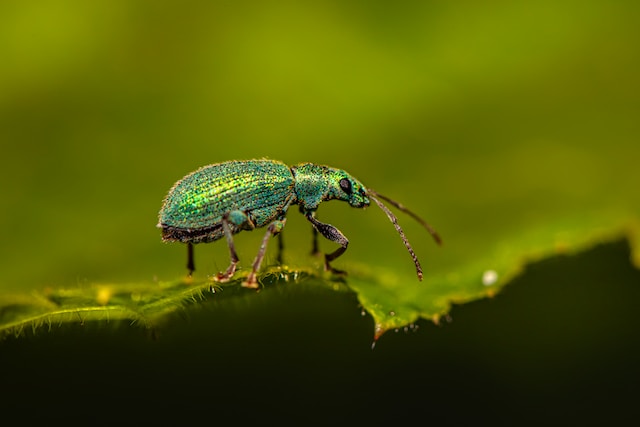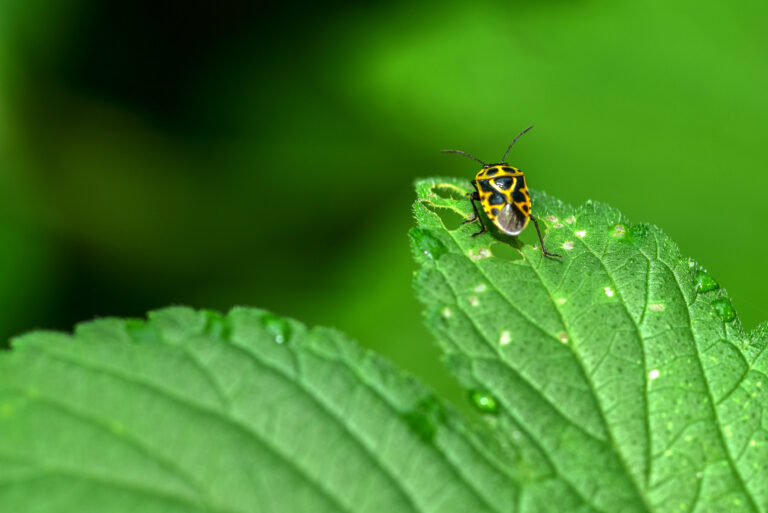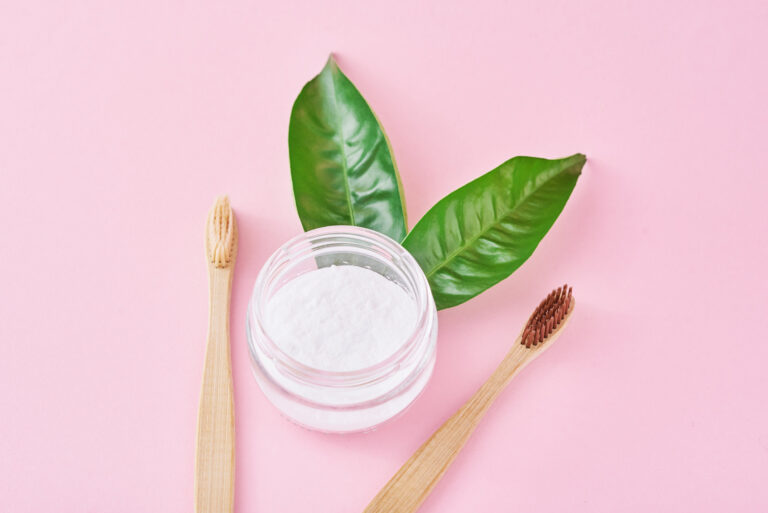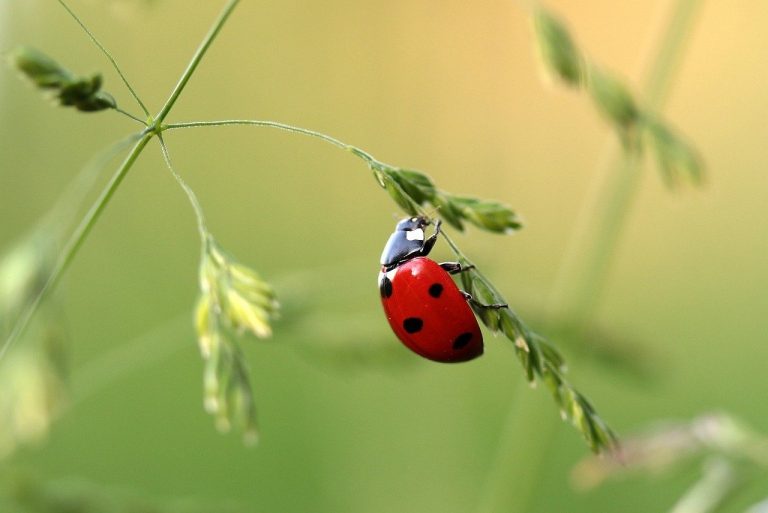I have a friend who has a pest guy. She calls this guy every time that she finds a bug. Naturally, he’s very helpful. However, hiring a pest control agency can be quite pricy. Therefore, it would be helpful for her to identify the most common plant pests and how to control them. In fact,…
garden pests
How To Battle Garden Pests Cheaply and Naturally
Garden pests can be the bane of a home gardener’s existence. You work so hard to get your plants to grow, then these bugs come along and destroy them. Are you looking for ways to battle garden pests cheaply and naturally? It’s definitely possible! It Doesn’t Have To Be a Battle Yes, we often talk…
8 Uses of Baking Soda in Gardening
Baking soda is one of the most amazing, affordable products available to us. Hopefully, you’re already using baking soda for cleaning throughout your home. If not, then you’re spending more money than you should on household cleaners. And today let’s talk about how baking soda’s benefits don’t stop there. There are so many uses of…
Ladybugs Versus Asian Lady Beetles
Gardeners—especially those new to the hobby—may find it tough to distinguish between bad bugs and beneficial insects. It can take some time to get a hang of which bugs to leave alone and which to squish dead. Unfortunately, some good garden bugs have evil lookalikes. Case in point: ladybugs versus Asian lady beetles. How…



